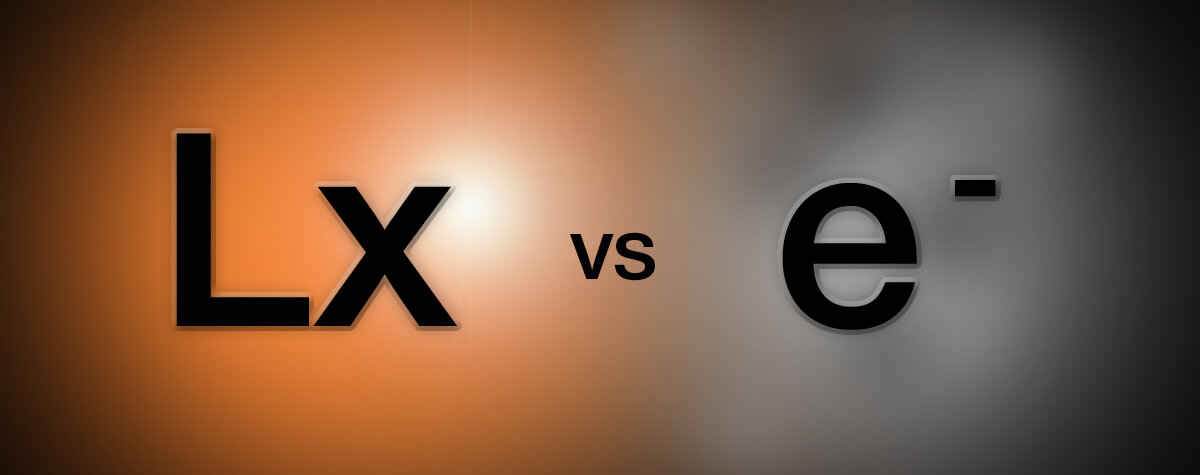Today’s research microscopes are increasingly powerful, modular, and combinatorial. There’s a lot of options out there. While the price is unquestionably a deal-breaker for purchase, a more helpful criterion is value. Details >
Knowledge Base
Have you ever wondered how superresolution microscopy works? What’s the difference between STED, STORM, and MINFLUX? What is “resolution” and what is a “PSF”? What is so special about the STEDYCON? Read on to find out.
If you have any suggestions, questions or ideas for our knowledge base, we would be very happy to hear from you.
ContactEverything about light microscopes, dyes, and imaging
For centuries, conventional light microscopy was and continues to be the workhorse of labs to visualize cells and cellular details. But the advent of electron microscopy brought about a new level of detail. Let's take a closer look at the two techniques. Details >
Superresolution for biology: when size, time, and context matter

The spatial resolution achievable with today’s light microscopes has unveiled life at the scale of individual molecules. Size is no longer a barrier to seeing biology at the most fundamental level. But life is not static. It emerges from movement and change. How do superresolution technologies hold up to the challenges of documenting dynamic biological mechanisms? Details >





